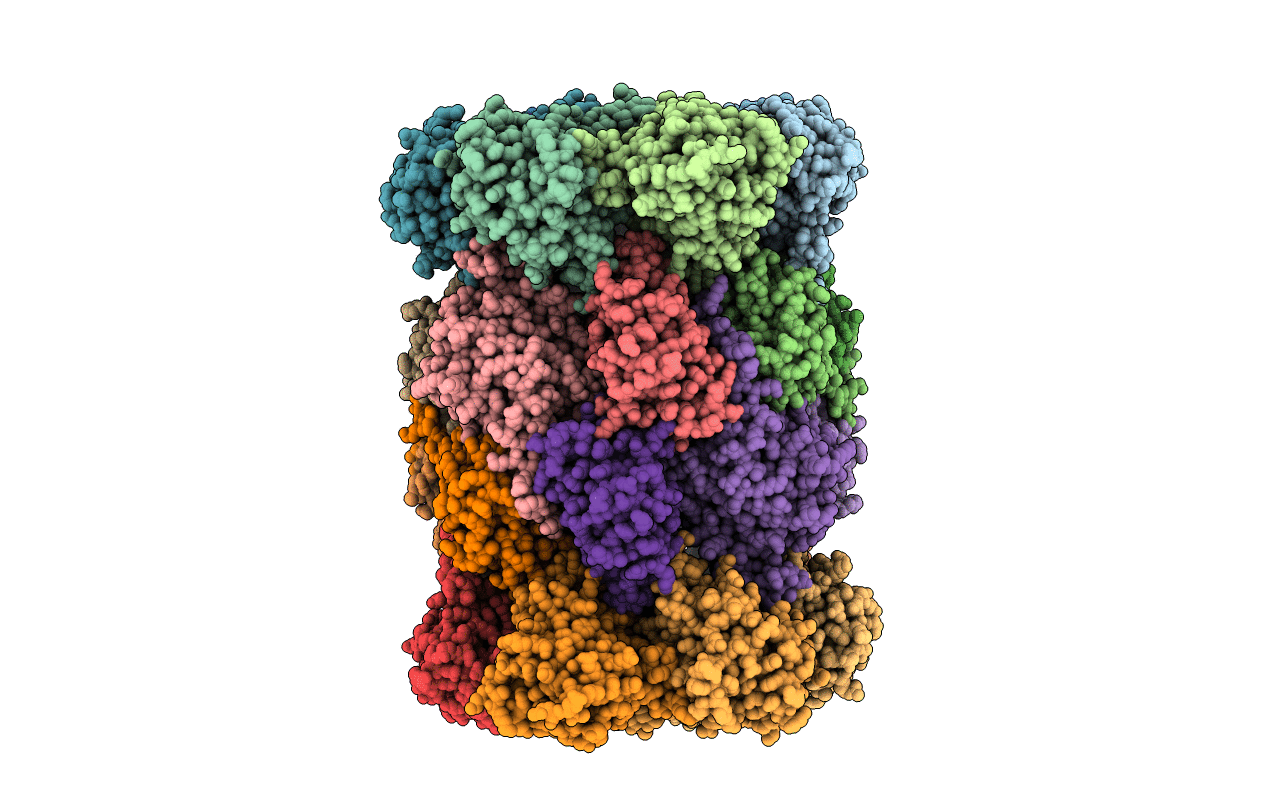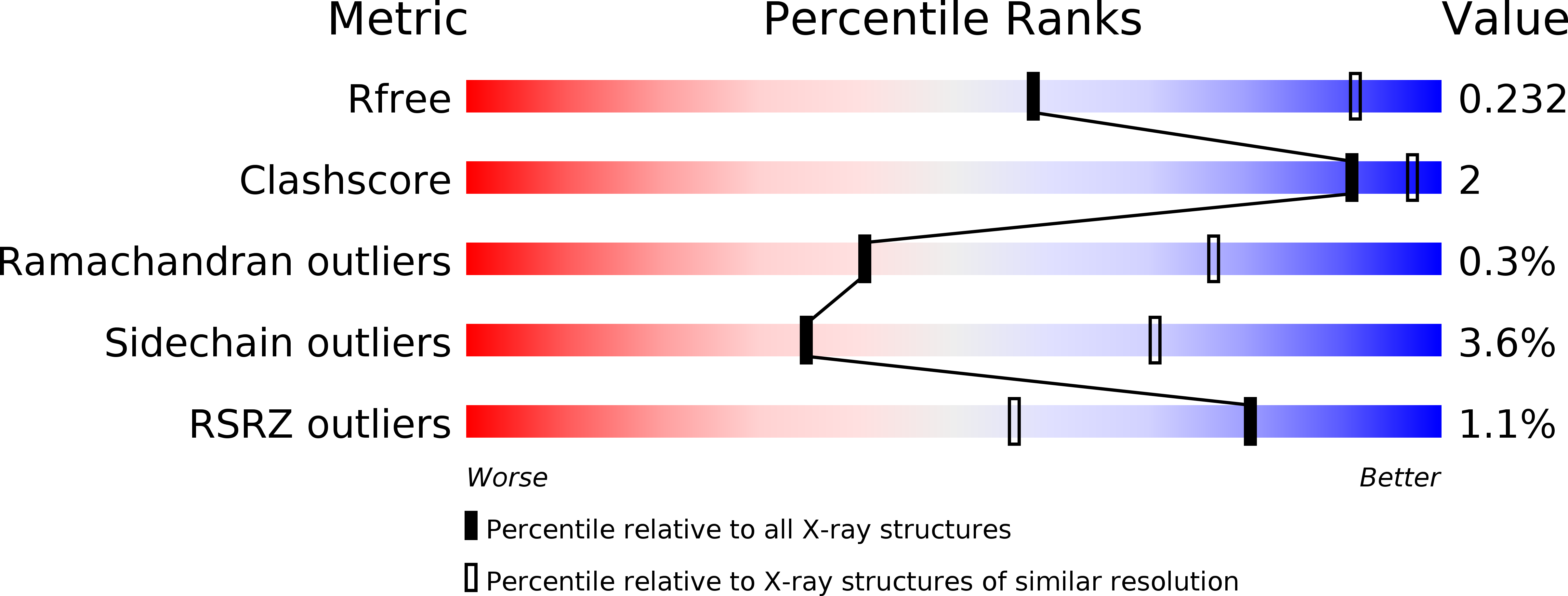
Deposition Date
2015-03-27
Release Date
2015-05-27
Last Version Date
2024-10-09
Entry Detail
PDB ID:
4Z1L
Keywords:
Title:
Yeast 20S proteasome in complex with belactosin C derivative 3
Biological Source:
Source Organism:
synthetic construct (Taxon ID: 32630)
Saccharomyces cerevisiae (Taxon ID: 559292)
Saccharomyces cerevisiae (Taxon ID: 559292)
Method Details:
Experimental Method:
Resolution:
3.00 Å
R-Value Free:
0.22
R-Value Work:
0.20
R-Value Observed:
0.20
Space Group:
P 1 21 1


